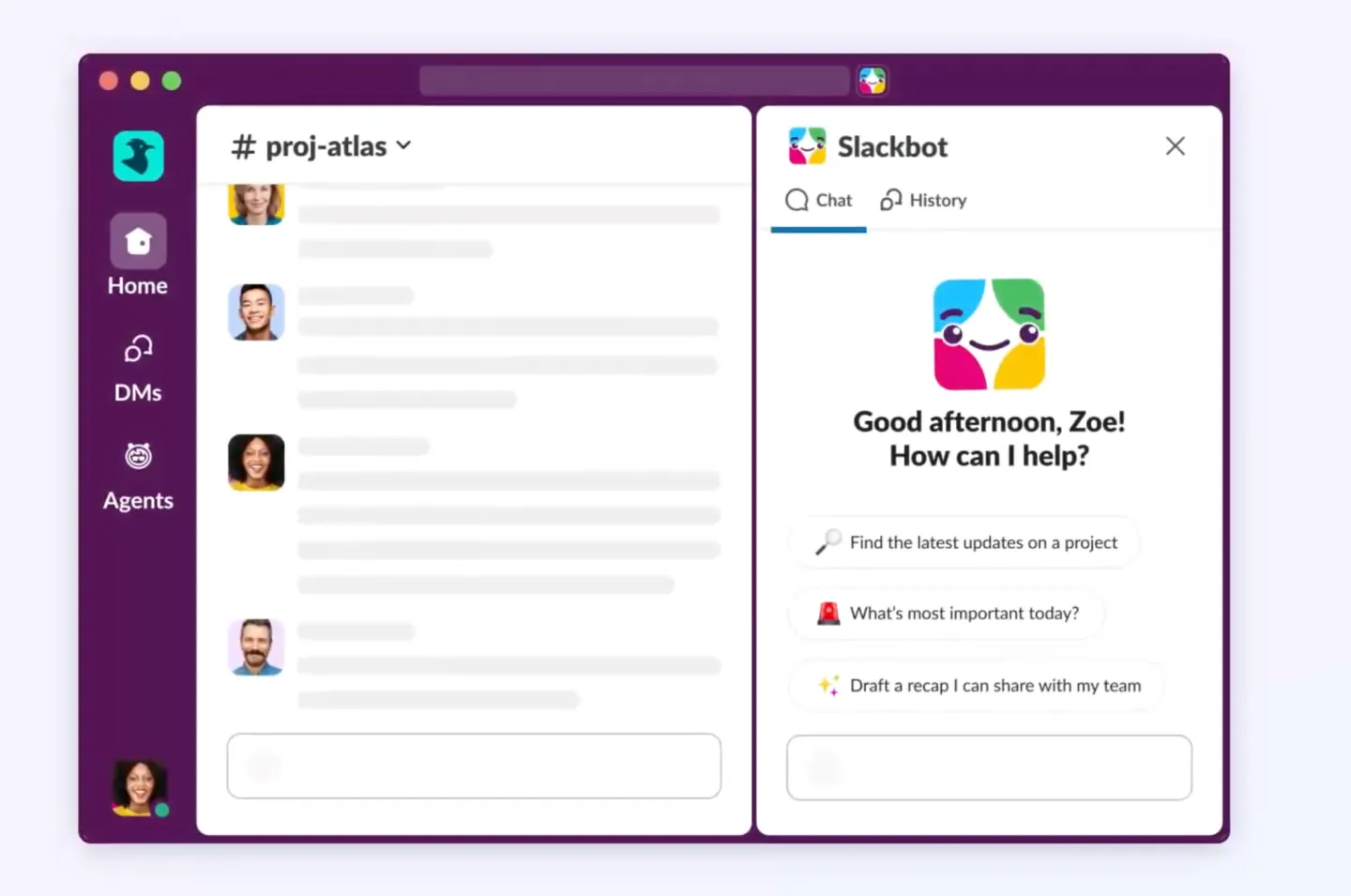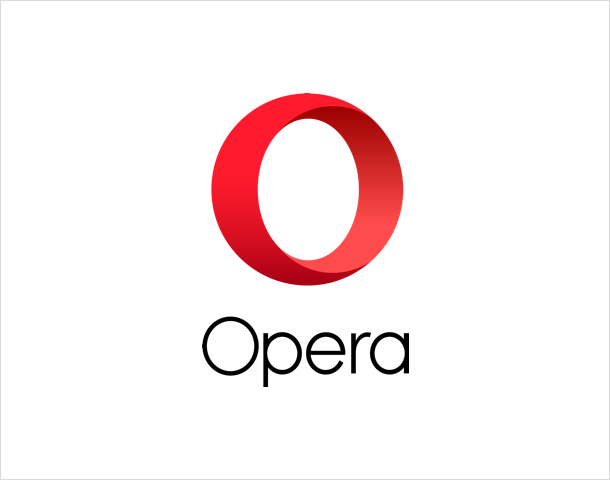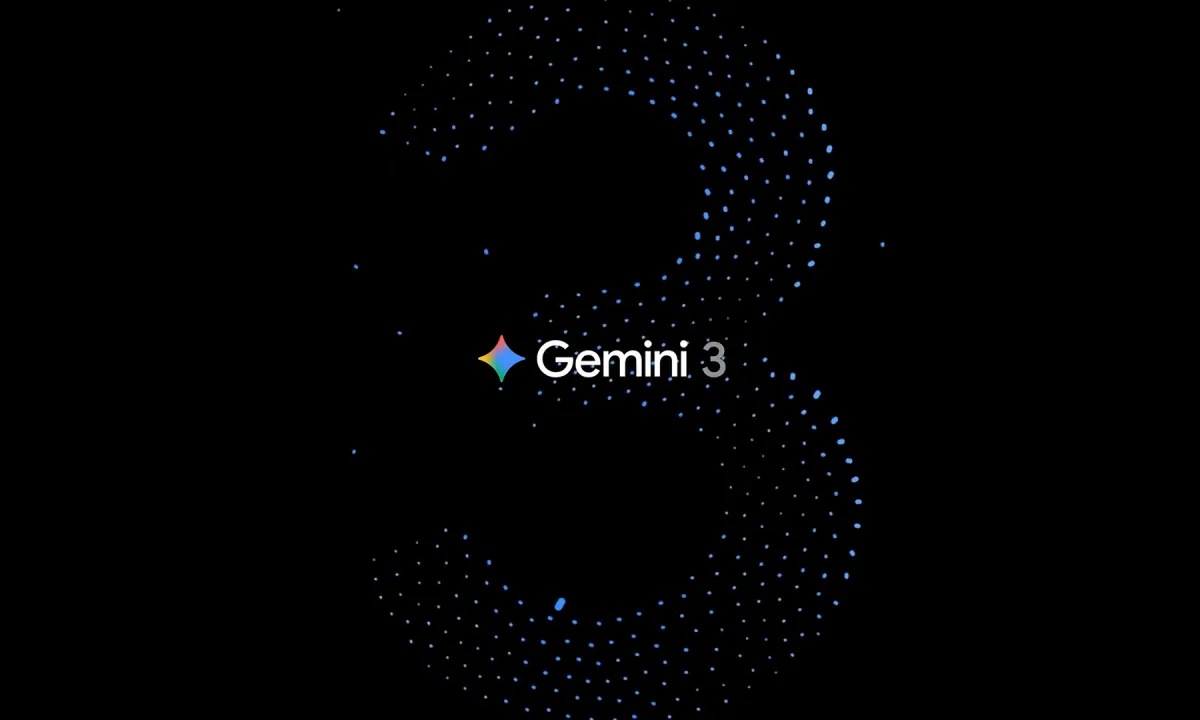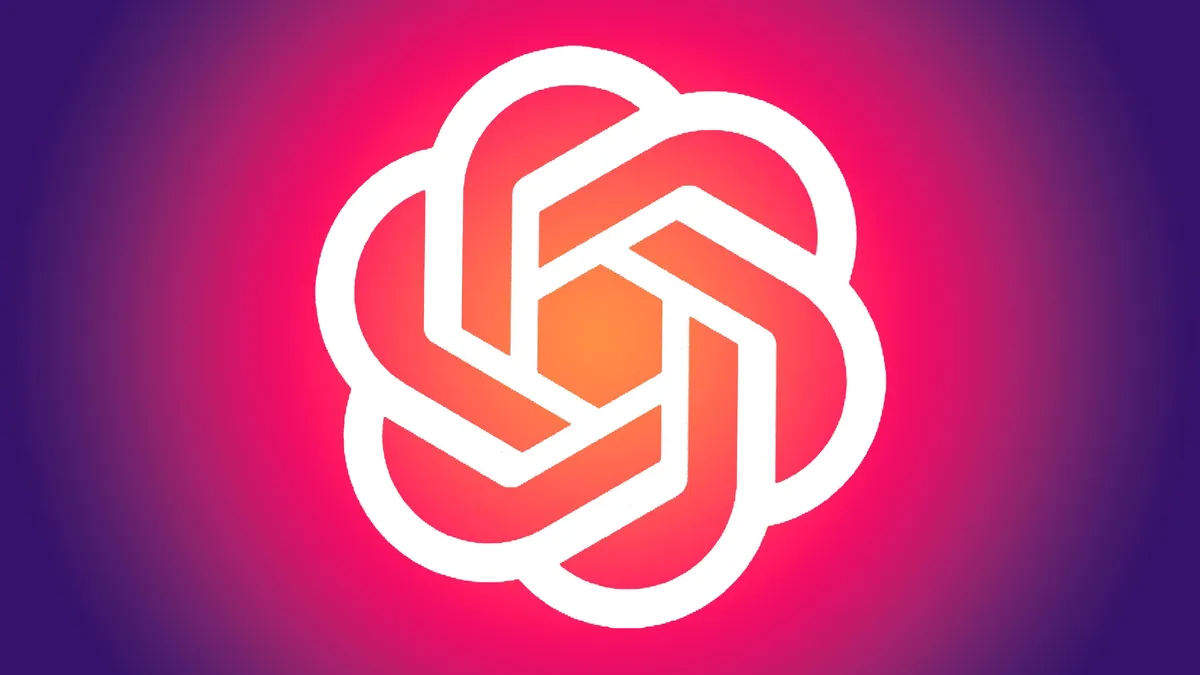Slack is reimagining its long-standing virtual assistant. The company is testing a major update that transforms Slackbot from a simple reminder tool into a full-fledged AI companion capable of understanding context, retrieving data, and automating routine work inside the platform.
Currently, Slackbot handles basic tasks like setting reminders or sending automated responses. The new version, however, is being rebuilt from the ground up to act as an intelligent workspace assistant that can generate plans, schedule meetings, locate files, and surface relevant information across channels. According to Rob Seaman, Slack’s chief product officer at Salesforce, “Slackbot today is fairly rudimentary, but what we’ve done is rebuild it as a personalized AI companion.”
The redesigned Slackbot will appear as an icon beside the search bar at the top of the workspace. Clicking it opens a chat panel on the right, where users can type natural-language prompts such as “What are my priorities today?” or “Find updates on the Q4 campaign.” Instead of relying on fixed commands, the bot can now parse meaning from conversations, documents, and messages to deliver personalized assistance.
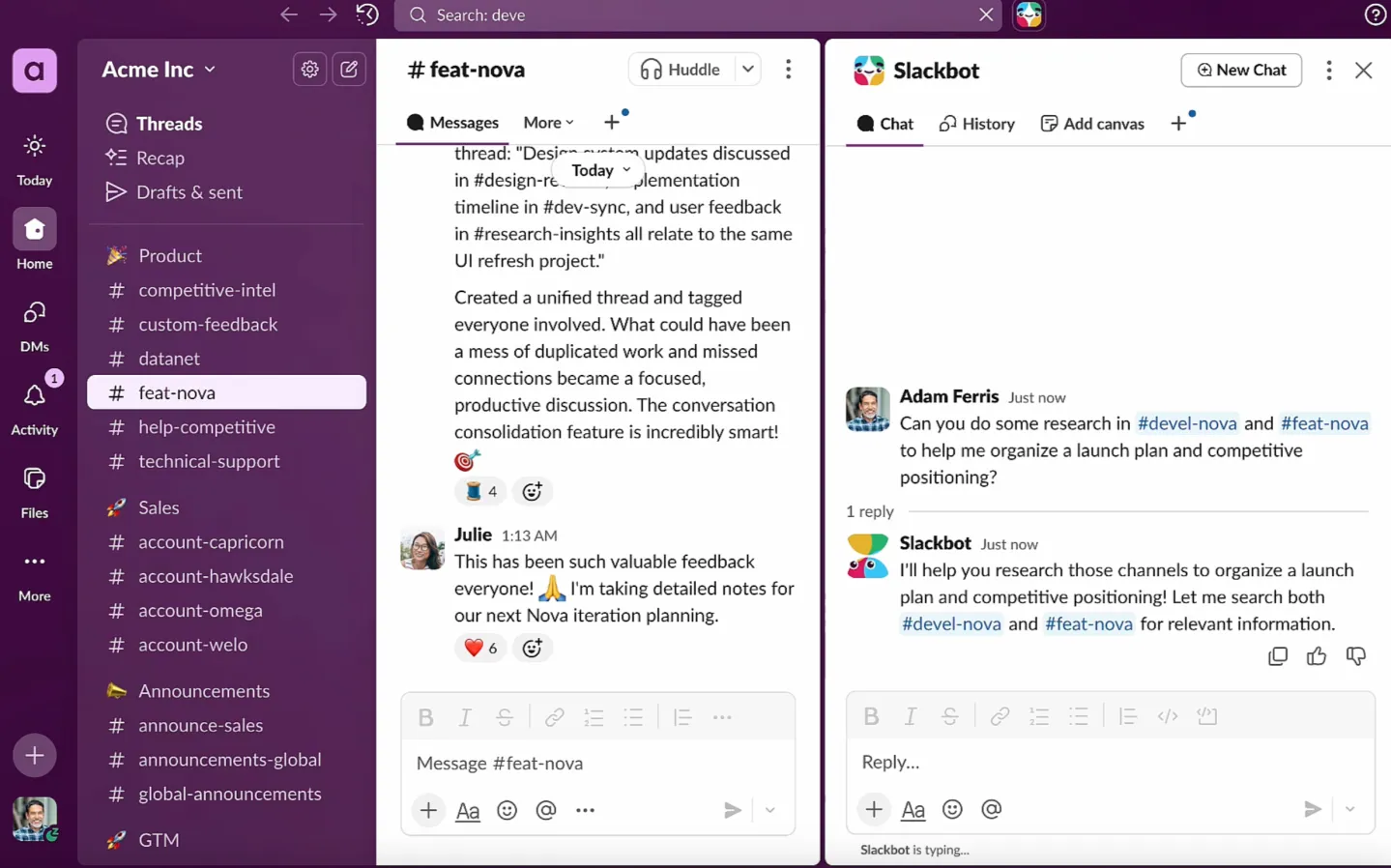
In demonstrations shown to reporters, Slack’s AI assistant could assemble a product launch plan inside a Slack Canvas by gathering updates from various channels, or even draft a social media campaign aligned with a company’s brand tone. It can also search through messages and files using plain language — for example, “Find the document Jay shared in our last meeting” — and integrate directly with Outlook or Google Calendar to coordinate and schedule meetings.
This enhancement builds on the AI features Slack has been quietly integrating over the past year, such as automatic thread summaries, jargon explanations, and context recaps for returning users. The goal is to reduce friction — what Seaman calls “saving users a click” — by letting the platform anticipate common actions rather than forcing manual search and navigation.
Security and privacy remain a key concern, particularly given the AI integration. Slack emphasizes that its AI features run within Amazon Web Services’ virtual private cloud, ensuring that customer data stays within the organization’s firewall and is not used to train external models. Companies can opt out of the AI Slackbot, but individual users within participating organizations will not have that choice.
The upgraded Slackbot is already active for 70,000 Salesforce employees as part of an internal pilot and is gradually rolling out to select customers. Slack plans a broader release by the end of 2025, positioning its AI assistant as a central productivity layer across the workspace.
This shift marks a significant step in Slack’s evolution from a team messaging tool to an intelligent work hub — one that doesn’t just deliver notifications but understands how people actually collaborate.

